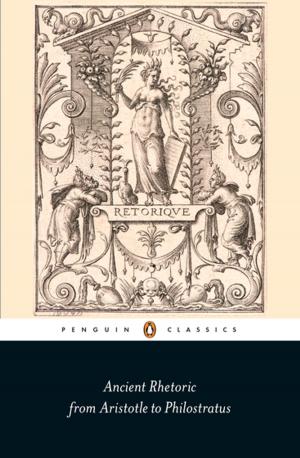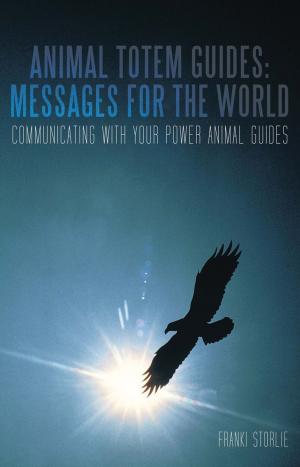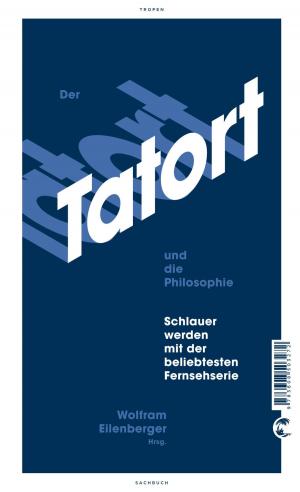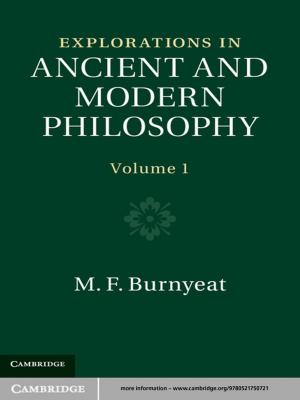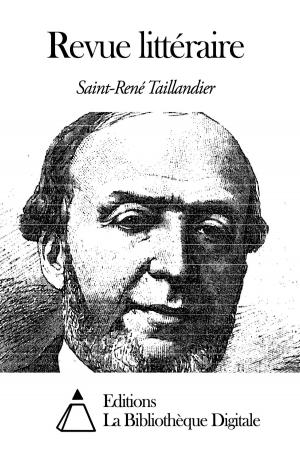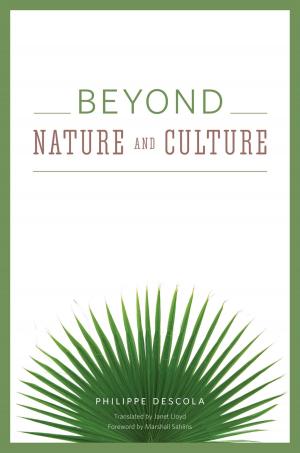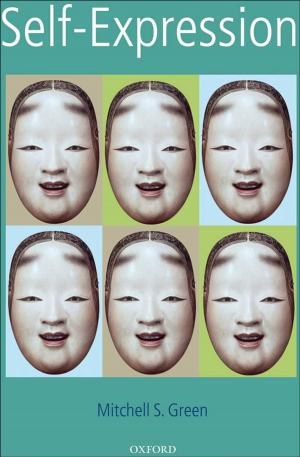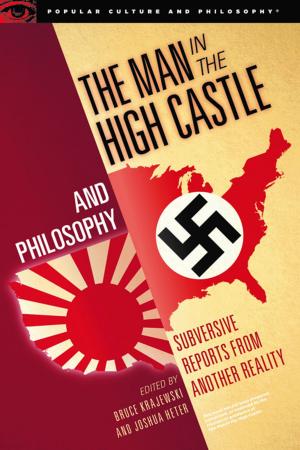| Author: | Clara Szalai | ISBN: | 9781458185778 |
| Publisher: | Clara Szalai | Publication: | January 26, 2011 |
| Imprint: | Smashwords Edition | Language: | English |
| Author: | Clara Szalai |
| ISBN: | 9781458185778 |
| Publisher: | Clara Szalai |
| Publication: | January 26, 2011 |
| Imprint: | Smashwords Edition |
| Language: | English |
In spite of our scientific and technological advances, the belief that knowledge will solve all our problems has been shattered on the cliffs of reality. “Holophany, The Loop of Creation” re-examines those fundamental conjectures and hidden assumptions that led to modern science and our present conception and perception of reality.
According to Szalai, science is unable to include all aspects of existence (such as consciousness), because in its present form, science deals with measurable entities and has not yet found a way to quantify consciousness or the spirit. A priori, it never will, because if the spirit was quantifiable, it would not be the spirit. Szalai claims that science is incomplete and wrong in assuming that only well quantifiable entities are workable tools. Her arguments take us a step beyond Gödel, the famous mathematician and logician, who proved on a small scale that the aspiration to a totally defined system is incomplete and leads to paradoxes. Whereas Gödel did not provide an alternative, Szalai presents Holophany (the manifestation of wholeness) providing this alternative by linking consciousness with the rest of existence through the endemic paradoxes that become paramountly important when utilized as a creative, dynamic structure rather than an obstruction, a dead-end.
The new paradigm presented in “Holophany, The Loop of Creation” entails novel methods to approach the greatest enigmas facing humanity, such as how is there something from nothing, and the structure of perception and experience. It broaches the biggest questions humans ask as well (like: What is life? What is the mechanism that creates assumptions and beliefs, the mechanism that produces viewpoints? What is meaning, and how does something gain meaning? What is consciousness? Could it be the basic lawfulness of existence? Is existence a logical necessity?), and much more. The material is provocative: not in what it states, but what it implies. Since this philosophy does not bring forth any dogma or truth, dealing only with the nature of the act of perception and creativity, and since its argumentation is logical inference, it shakes the foundation of any authoritative dogma, whether religious, scientific or just superstitious.
Entertaining, and at times funny, this inspired material provides the tools of creativity that could change lives. Holophany and the logical structure of the loop of creation, guide us to create our lives instead of being thrown into the whirlpool of existence. It empowers us with responsibility for our condition, and if our condition is less than desirable, the logical structure also provides us with the means whereby we can change it. Instead of demanding more laws that sanction navigation in the “seas of right,” Holophany provides tools to increase personal and global responsibility by augmenting response-ability. These tools are so surprisingly new because they emphasize the structure of our thinking instead of its contents. When we know how we think, we can change what we think, feel and believe. “Holophany, The Loop of Creation” is a challenging adventure into the unknown.
In spite of our scientific and technological advances, the belief that knowledge will solve all our problems has been shattered on the cliffs of reality. “Holophany, The Loop of Creation” re-examines those fundamental conjectures and hidden assumptions that led to modern science and our present conception and perception of reality.
According to Szalai, science is unable to include all aspects of existence (such as consciousness), because in its present form, science deals with measurable entities and has not yet found a way to quantify consciousness or the spirit. A priori, it never will, because if the spirit was quantifiable, it would not be the spirit. Szalai claims that science is incomplete and wrong in assuming that only well quantifiable entities are workable tools. Her arguments take us a step beyond Gödel, the famous mathematician and logician, who proved on a small scale that the aspiration to a totally defined system is incomplete and leads to paradoxes. Whereas Gödel did not provide an alternative, Szalai presents Holophany (the manifestation of wholeness) providing this alternative by linking consciousness with the rest of existence through the endemic paradoxes that become paramountly important when utilized as a creative, dynamic structure rather than an obstruction, a dead-end.
The new paradigm presented in “Holophany, The Loop of Creation” entails novel methods to approach the greatest enigmas facing humanity, such as how is there something from nothing, and the structure of perception and experience. It broaches the biggest questions humans ask as well (like: What is life? What is the mechanism that creates assumptions and beliefs, the mechanism that produces viewpoints? What is meaning, and how does something gain meaning? What is consciousness? Could it be the basic lawfulness of existence? Is existence a logical necessity?), and much more. The material is provocative: not in what it states, but what it implies. Since this philosophy does not bring forth any dogma or truth, dealing only with the nature of the act of perception and creativity, and since its argumentation is logical inference, it shakes the foundation of any authoritative dogma, whether religious, scientific or just superstitious.
Entertaining, and at times funny, this inspired material provides the tools of creativity that could change lives. Holophany and the logical structure of the loop of creation, guide us to create our lives instead of being thrown into the whirlpool of existence. It empowers us with responsibility for our condition, and if our condition is less than desirable, the logical structure also provides us with the means whereby we can change it. Instead of demanding more laws that sanction navigation in the “seas of right,” Holophany provides tools to increase personal and global responsibility by augmenting response-ability. These tools are so surprisingly new because they emphasize the structure of our thinking instead of its contents. When we know how we think, we can change what we think, feel and believe. “Holophany, The Loop of Creation” is a challenging adventure into the unknown.



